Rapid Response Collecting at the V&A
Through its latest exhibition, Rapid Response Collecting, the V&A is trialing an entirely new way of collecting and curating.

Source: Victoria and Albert Museum, London
Soft toy wolf Lufsig, designed for and manufactured by Ikea, 2013
Objects have been chosen not because of their inherent design value, or their beauty, but because they have hit the headlines or made a significant social or political impact in some way.
Crucially this impact is current and the collection will act as a revolving door with newer exhibits pushing out older objects as they date.
In this sense the curation is on display as much as the objects and open to the same scrutiny.
Many of the exhibits have gained notoriety through a context of contentiousness or dissidence.
This is most notably demonstrated by Lufsig, a rather innocuous cuddly wolf made by Ikea, which was recently hurled by a protester at CY Leung, Hong Kong’s most senior official, also known as the Wolf. Within three days it had sold out across Hong Kong.
The incident gave rise to a Facebook page showing prominent political figures holding the toy.
Leung got his Wolf nickname as his name bears a similarity to the Chinese character for Wolf , while in a more surreal twist, when translated into Mandarin Chinese, the name Lufsig sounds like a profane term for female genitalia.
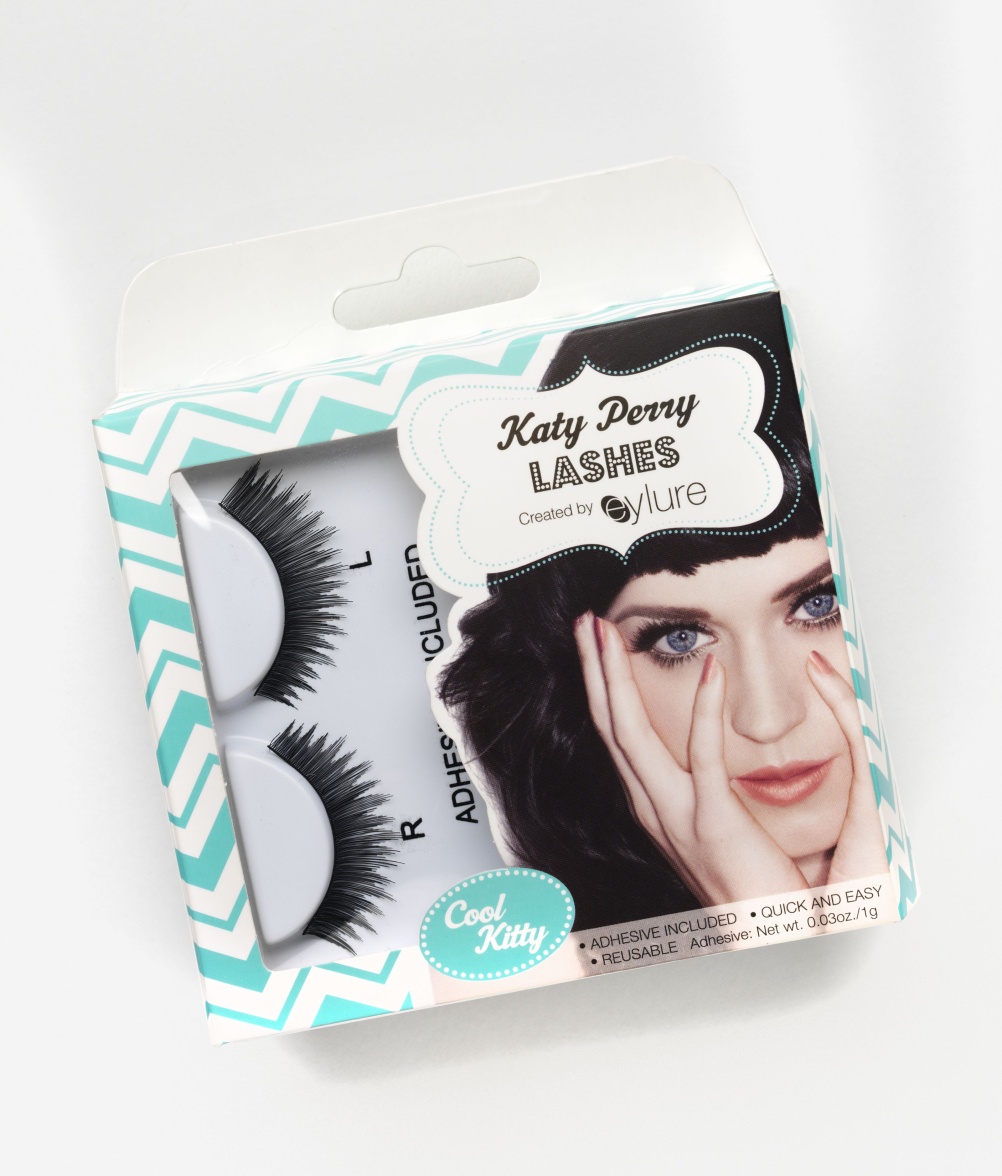
Source: Victoria and Albert Museum
False eyelashes endorsed by Katy Perry, ‘Cool Kitty’ style, manufactured by Eylure, 2013
Fake eyelashes are worth £110 million to the UK economy. Singer Katy Perry is a fan and has endorsed the fake eyelash brand Cool Kitty by Eylure, which found itself at the centre of a storm last year when the press found out about unsavoury working conditions for Indonesian factory workers who are paid just £50 per month while the products are sold for £6 a pack back in the UK.
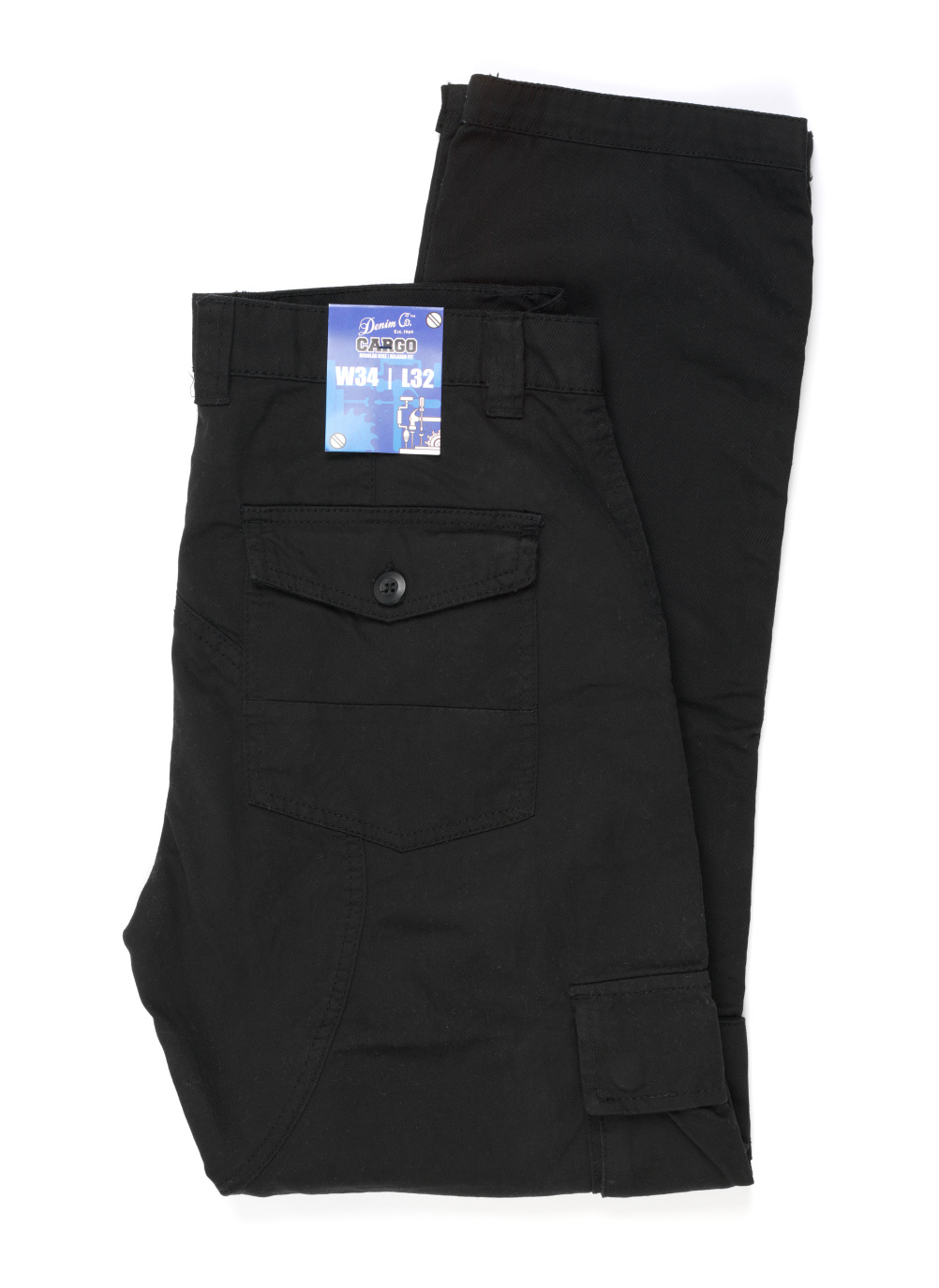
Similarly the tragic story of an avoidable factory collapse in Bangladesh, which killed 1133 workers, prompted a global dialogue about fast changing inexpensive fashion, why it’s so cheap and where it’s made.
This particular factory was found to be the source of Primark’s cargo trousers.
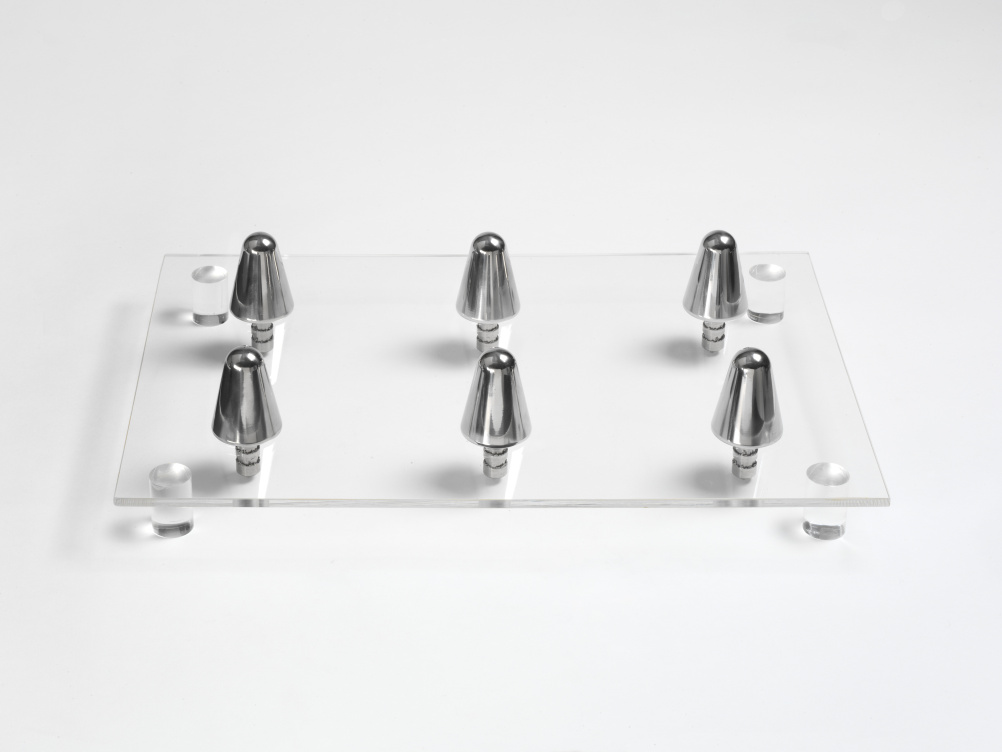
Source: Victoria and Albert Museum, London
Anti homelss spikes 2014
The flexibility of the curation is highlighted with the acquisition – just days ago – of a set of spikes identical to those installed outside a block of private flats in Southwark, London, which were understood to be a preventative measure to stop people sleeping rough.
Twitter outrage tagged as #antihomelessSpikes saw many comment on the indignity of the situation which they compared to building owners installing spikes to stave off pigeons.
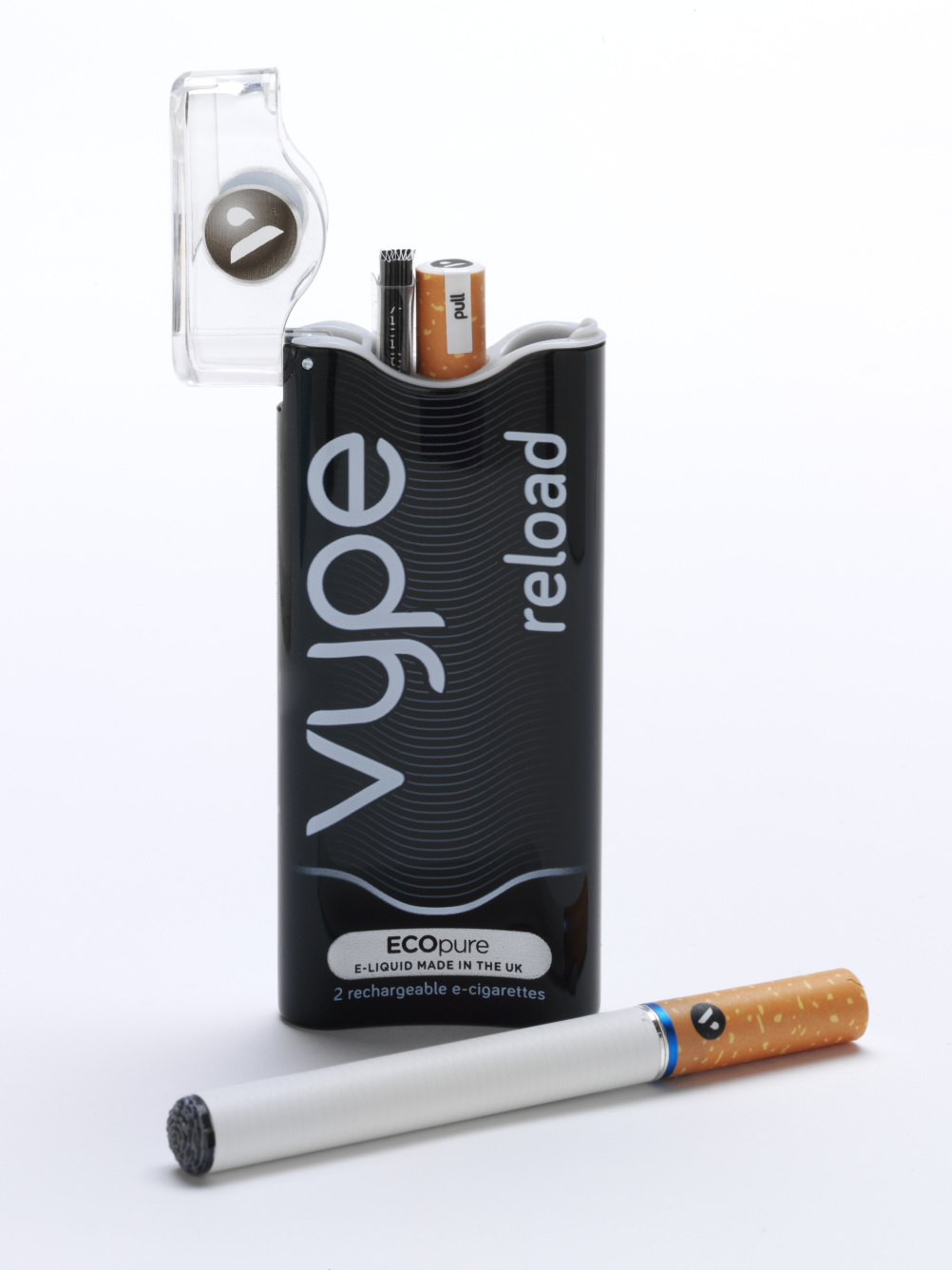
Source: Victoria and Albert Museum, London
Vype Reload e-cigarettes, 2013. Designed and manufactured on behalf of CN Creative
Many questions surround e-cigarettes, which circumnavigate regulation despite so little being known about their impact on health.
To this end you’ll find the Vype Reload, a British American Tobacco electronic cigarette, which was the first to hit the UK market last year.
Its accompanying ad was the first cigarette advert to air on British television for 50 years.
The basic design was patented in 1963 by Chinese pharmacist Hon Lik who brought his version to market in 2003.
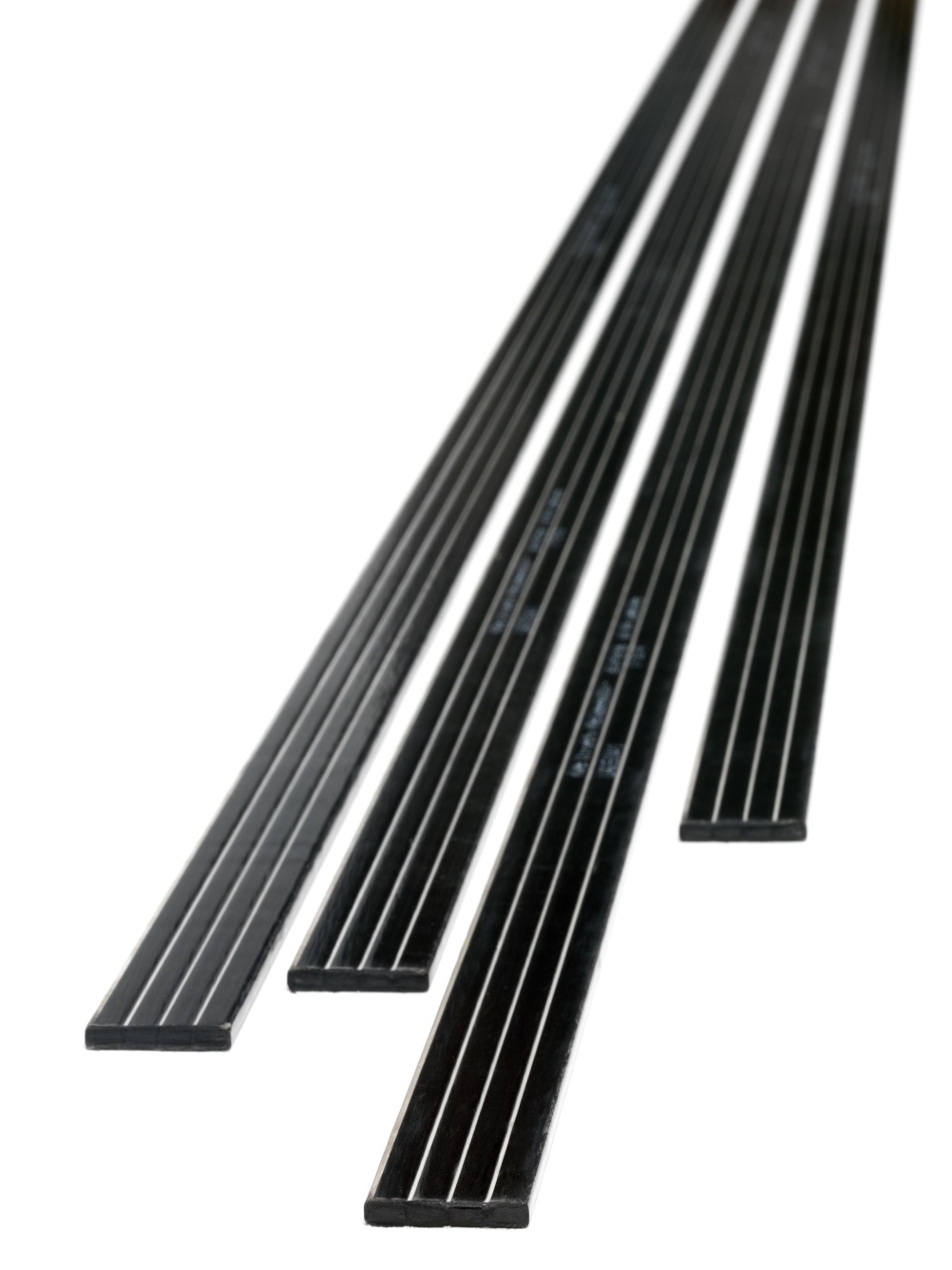
Source: Victoria and Albert Museum, London
UltraRope, designed and manufactured by Kone, 2013
There are plenty of positive stories as well. Namely the impact of the KONE UltraRope, a lightweight carbon fibre lift cable, which can be installed in single 1000 metre sections – the entire length of any modern sky scraper – preventing the need to change lifts, as is the case with many recently built sky scrapers, including The Shard.
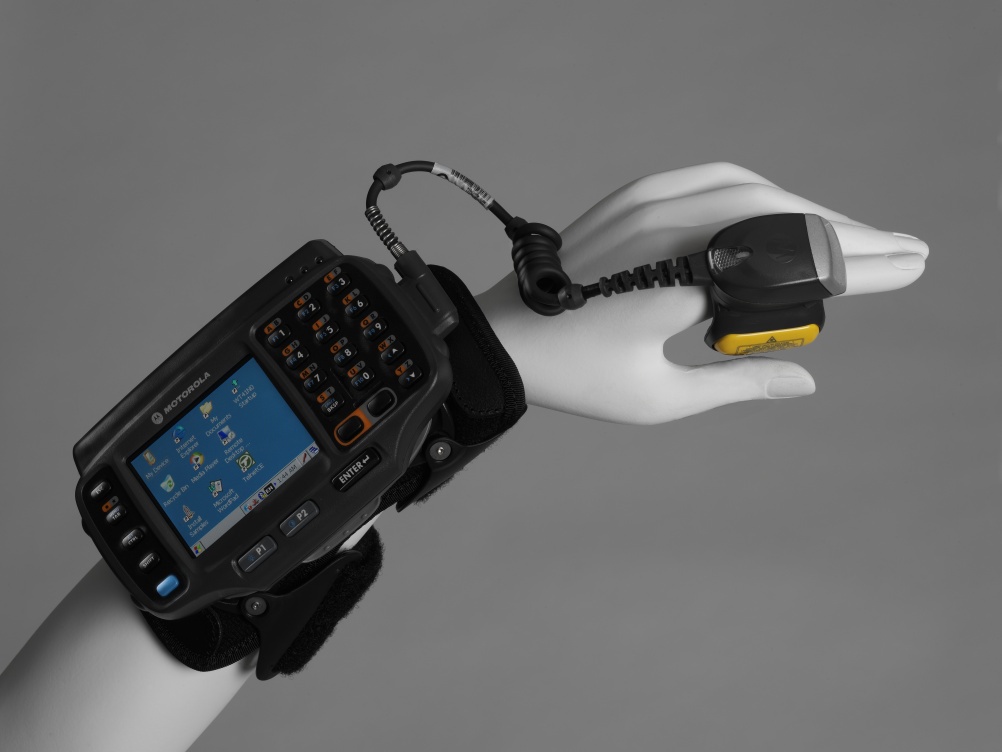
Source: Victoria and Albert Museum, London
Motorola WT41N0 wearable terminal, 2013, designed and manufactured by Motorola Solutions
Another success story is the Motorola WT41No, a wrist-mounted computer with an ergonomic design used in large scale warehouse operations that has been proven to increase efficiency and accuracy in staff.
Both of these examples are causing sea changes in their respective industries and have been included for that reason.
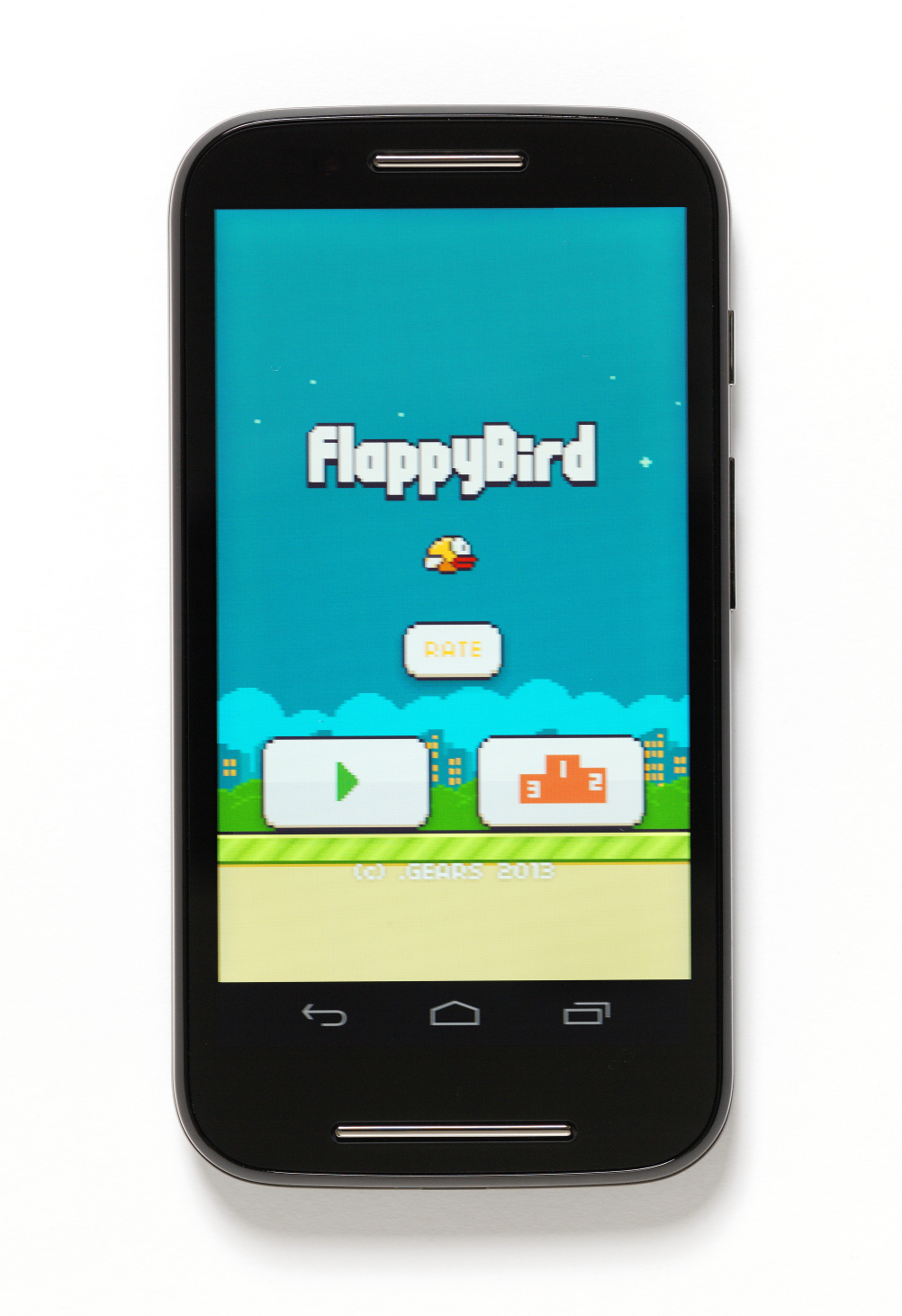
Source: Victoria and Albert Museum, London
Flappy Bird mobile game, 2013. Designed by Gears Studios
There’s also space for the precocious talents of young designers. We particularly like the story of Flappy Bird, simple app-based game designed by Dong Nguyen over a weekend which topped the Google and Apple charts and began to pull in £50,000 of ad revenues a day when it launched last year.
Noted for its highly addictive – and sometimes frustrating – gameplay, it brought Nguyen a lot of unwanted attention, particularly from disgruntled game players, so he took it down. Days later dozens of copycat games had popped up.
The exhibition is quite small and housed in the modest Gallery 74, an entirely appropriate space given the temporal nature of the objects on display and the exhibition’s insatiable appetite for up-to-date design stories.
Rapid Response Collecting opens on 5 July at the V&A, Cromwell Road, London SW7 2RL
-
Post a comment




